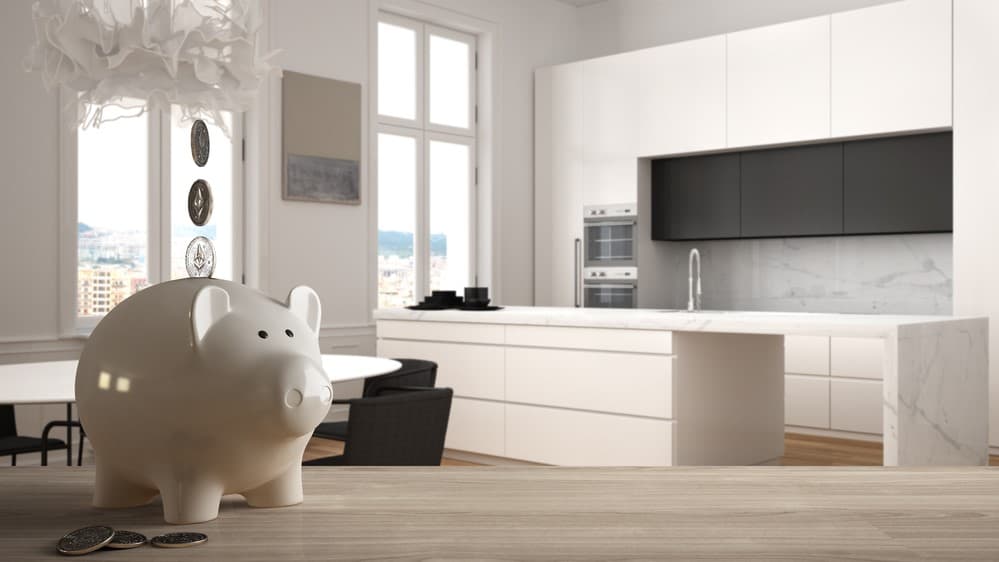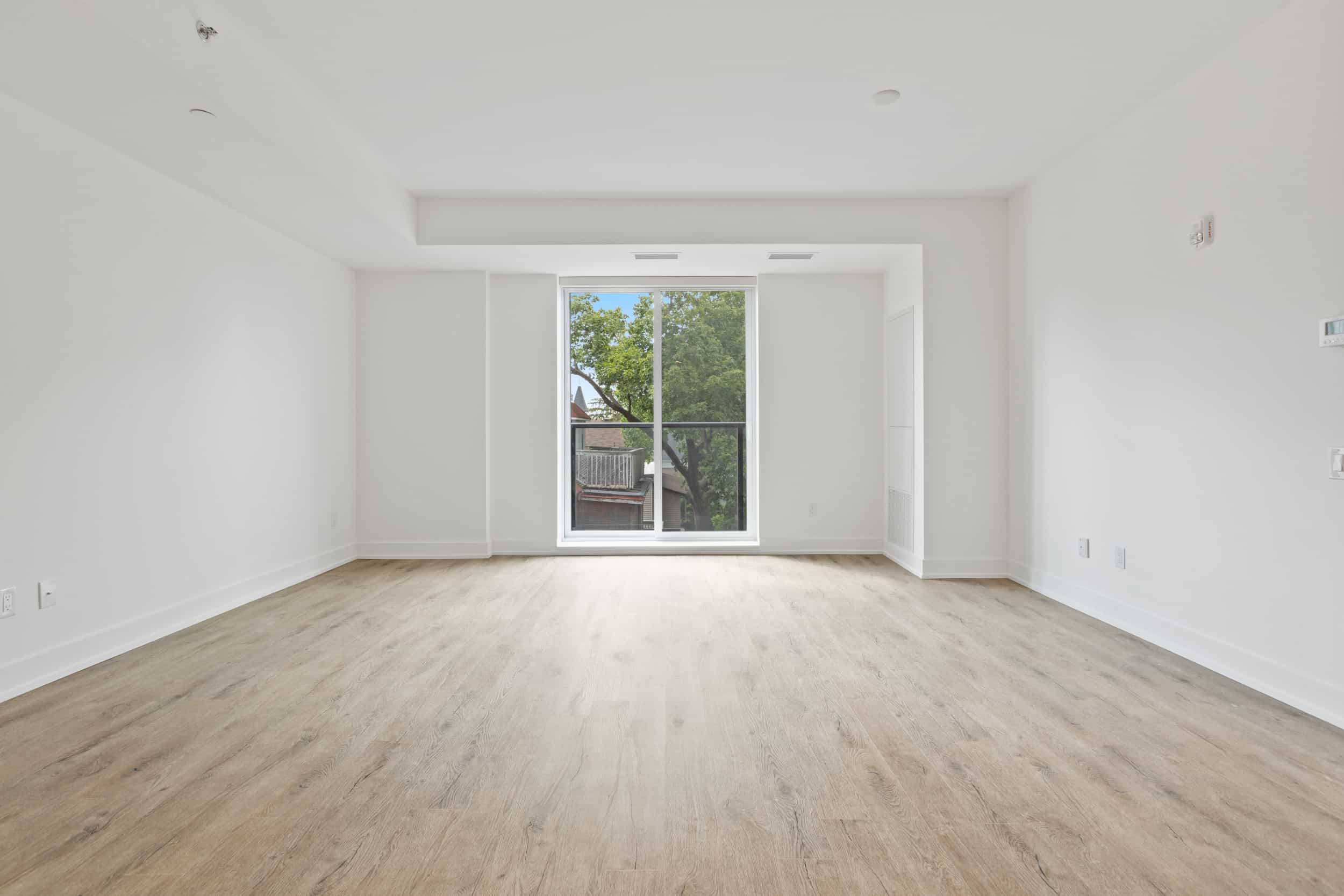When starting a new lease, one of the biggest decisions is whether to take a property already equipped with furnishings or opt for an empty space to gradually fill with your own belongings. Both options have their merits when flexibility, costs and personal style are considered, and there is demand for both furnished and unfurnished properties.
This article helps tenants to weigh up the benefits and drawbacks of each approach.
Convenience of furnished rentals
One of the major appeals of a furnished rental property is the sheer convenience it affords tenants. Opting for a fully equipped flat means that everything is ready and set up upon moving in, from essential furniture to household appliances and more. This ‘turnkey’ setup enables new tenants to simply arrive with suitcases in hand and begin living in the space right away.

There is no need to gradually purchase and assemble furnishings or wait for delivery times. Furnished properties are ideal for those new to an area who prefer not to deal with the hassle of equipping a bare flat. Corporate renters on short-term leases also benefit from the speed and ease. For tenants focused on convenience, furnished rentals can provide an instant home with little effort required. However, some may find the existing furnishings overly prescriptive if they don’t suit personal tastes or needs.
Flexibility of unfurnished
In contrast to furnished flats, empty properties allow for greater flexibility and customisation. Tenants can bring existing furniture from a previous home or purchase new pieces that match their personal style. Without built-in furnishings, there is more freedom to rearrange the layout and create the optimal floor plan.
Renters who are downsizing from a larger home may need to place some belongings in storage, but they gain flexibility in designing their new unfurnished space. Some compromise on layout may be required to incorporate cherished existing furniture. Whether you’re interested in adding stunning designer chairs or just want to keep the furniture you’ve already got – going unfurnished sets you up with both options.

Overall though, unfurnished rentals offer a blank canvas for tenants to express themselves through interior design. The trade-off is the time and effort required to gradually furnish the property compared to moving into a ready-made rental setup.
Cost differences between furnished and unfurnished properties
An important factor in the furnished versus unfurnished debate is the potential difference in rental costs. In general, flats with existing furnishings can come with a higher monthly rent Conversely, unfurnished rentals may have lower base rents, but tenants must budget for purchasing their own furniture.
While this requires greater upfront expenditure, tenants may save in the long run without paying higher rents for the convenience of included furnishings. Those willing to invest time into finding bargains can furnish on a budget. The total costs of each option will vary case-by-case based on personal furnishing needs.
Expressing personal style
For many tenants, the ability to express personal style through interior design is a major incentive to rent unfurnished. Without pre-existing furniture, they have creative liberty to shape the ambiance of their rented home.
This allows a personalised mix of cherished pieces, new purchases, upcycled finds and more. Renters can select furniture scaled to the rooms and layout, rather than fitting themselves into an existing setup. Textiles like rugs, curtains and bedding provide further opportunities to define your style.
Unfurnished rentals lend themselves to creating an eclectic, curated look over time based on evolving tastes. Of course, tenants must exert the time, effort and budget required to furnish their ideal space, but for design-minded renters, the blank canvas of an empty flat allows their inner interior stylist to run free.
Tips for furnishing your flat
For tenants looking to furnish their own unfurnished rental, it is advisable to opt for multifunctional and minimalist pieces where possible, as space is often limited in rental accommodations.
Focusing on flexible, neutral coloured furniture that is inexpensive and easy to move between properties is also recommended. Investing in a high-quality mattress and bedding can make a big difference for comfort and support. Be careful not to overfill small spaces – leave some breathing room for you to inhabit the space. Use bright accent décor like wall art, throws and cushions to inject personality.
Shopping second-hand and discount retailers is a great way to furnish on a budget. Remember to consider putting any extra furnishings into storage if downsizing to a smaller rental.
When weighing up the decision between furnished and unfurnished properties, tenants must evaluate their priorities including convenience versus customisation and cost considerations. Reviewing your lifestyle needs and personal tastes will determine if an equipped flat or a blank canvas space makes for the best home.


